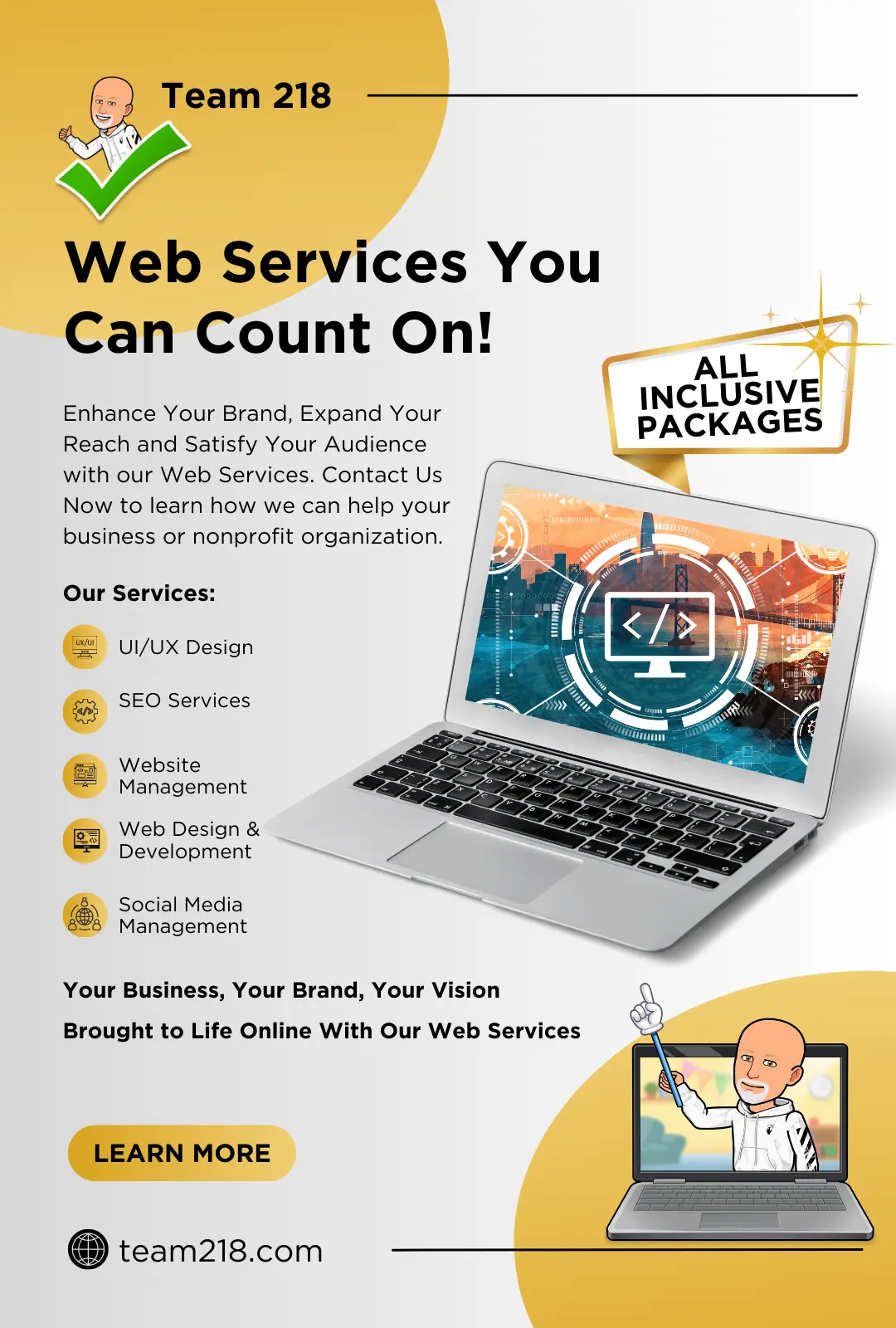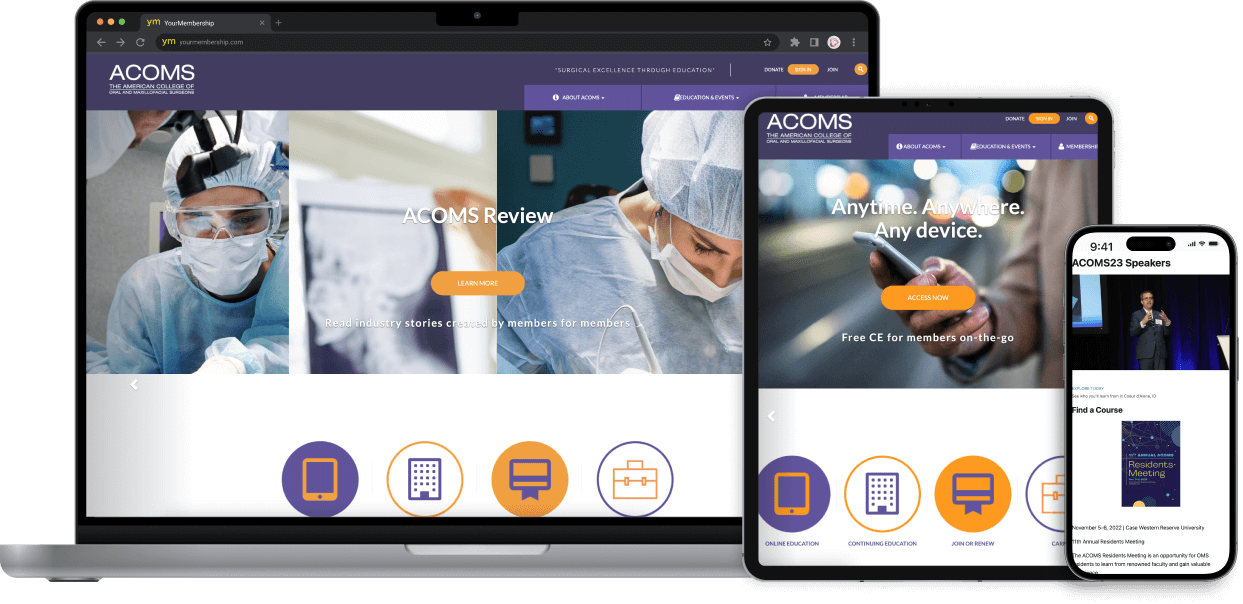Necessary Tips for Learning Modern Web Design Methods
Necessary Tips for Learning Modern Web Design Methods
Blog Article
A Detailed Introduction of the most effective Practices in Internet Style for Developing Instinctive and Accessible Online Systems
The efficiency of an online system pivots significantly on its design, which need to not just draw in users yet likewise lead them perfectly through their experience. Recognizing these principles is essential for programmers and designers alike, as they straight impact customer fulfillment and retention.
Understanding User Experience
Recognizing individual experience (UX) is pivotal in website design, as it directly influences how site visitors interact with a website. A properly designed UX guarantees that individuals can browse a website intuitively, access the details they seek, and complete wanted activities, such as authorizing or making a purchase up for a newsletter.
Crucial element of reliable UX style include usability, access, and appearances. Usability concentrates on the simplicity with which customers can accomplish jobs on the web site. This can be accomplished via clear navigating frameworks, logical web content organization, and responsive feedback systems. Accessibility makes certain that all customers, consisting of those with impairments, can connect with the internet site properly. This entails adhering to developed guidelines, such as the Web Content Access Standards (WCAG)
Aesthetic appeals play a vital function in UX, as visually appealing designs can enhance user satisfaction and involvement. Color schemes, typography, and imagery ought to be thoughtfully selected to develop a cohesive brand name identity while likewise assisting in readability and comprehension.
Eventually, prioritizing user experience in internet style cultivates better user fulfillment, encourages repeat gos to, and can considerably boost conversion rates, making it an essential aspect of effective digital methods. (web design)
Relevance of Responsive Style
Receptive design is a crucial element of contemporary web growth, guaranteeing that web sites offer an optimal viewing experience throughout a large range of tools, from desktops to smartphones. As individual actions increasingly shifts in the direction of mobile browsing, the demand for web sites to adjust effortlessly to different display dimensions has become paramount. This flexibility not just enhances functionality but additionally dramatically influences customer involvement and retention.
A responsive design uses liquid grids, adaptable photos, and media inquiries, enabling a cohesive experience that keeps performance and aesthetic stability despite gadget. This method gets rid of the demand for users to focus or scroll flat, bring about a much more user-friendly communication with the material.
Additionally, search engines, especially Google, focus on mobile-friendly websites in their rankings, making receptive layout vital for maintaining presence and ease of access. By embracing receptive style principles, services can get to a more comprehensive audience and enhance conversion rates, as customers are more probable to engage with a website that uses a constant and smooth experience. Ultimately, responsive layout is not just a visual choice; it is a tactical need that reflects a dedication to user-centered design in today's digital landscape.
Simplifying Navigating Structures
A well-structured navigation system is essential for enhancing the customer experience on any type of site. Streamlining navigation frameworks not just aids users in discovering info swiftly yet additionally promotes engagement and lowers bounce rates. To accomplish this, web designers should prioritize clarity via making use of uncomplicated labels and categories that show the content accurately.

Including a search feature even more enhances use, permitting users to locate material straight. In addition, applying breadcrumb tracks can offer customers with context about their area within the website, advertising convenience of navigating.
Mobile optimization is one more vital element; navigating must be touch-friendly, with plainly specified links and switches to accommodate smaller sized displays. By lessening the variety of clicks needed to access content and making certain that navigation corresponds across all web pages, designers can produce a seamless individual experience that urges exploration and minimizes aggravation.
Prioritizing Availability Standards
Around 15% of the international population experiences some type of handicap, making it important for web developers to prioritize access requirements in their projects. Accessibility includes numerous facets, why not find out more consisting of aesthetic, auditory, cognitive, and motor disabilities. By adhering to developed standards, such as the Web Content Accessibility Guidelines (WCAG), developers can develop inclusive electronic experiences that deal with all users.
One essential technique is to guarantee that all content is perceivable. This includes offering alternative text for photos and guaranteeing that videos have inscriptions or records. Keyboard navigability is vital, as lots of users depend on key-board shortcuts rather than mouse communications.
 In addition, color contrast should be very carefully considered to suit individuals with visual problems, making certain that text is legible versus its background. When creating kinds, labels and error messages must be detailed and clear to aid customers in completing tasks navigate to this site effectively.
In addition, color contrast should be very carefully considered to suit individuals with visual problems, making certain that text is legible versus its background. When creating kinds, labels and error messages must be detailed and clear to aid customers in completing tasks navigate to this site effectively.Lastly, conducting use testing with individuals that have handicaps can provide indispensable understandings - web design. By focusing on ease of access, internet developers not only abide by lawful criteria but likewise expand their audience reach, promoting a more inclusive on the internet environment. This commitment to ease of access is necessary for a really navigable and straightforward web experience
Making Use Of Visual Hierarchy
Clarity in design is paramount, and using aesthetic hierarchy plays a critical function in achieving it. Visual pecking order describes the arrangement and discussion of aspects in a means that clearly suggests their value and overviews individual focus. By tactically using size, comparison, spacing, and shade, developers can create an all-natural circulation that directs individuals via the material effortlessly.
Making use of bigger typefaces for headings and smaller ones for body message establishes a clear difference in between sections. In addition, using vibrant colors or contrasting backgrounds can accentuate crucial info, such as call-to-action buttons. White area is similarly important; it aids to stay clear of clutter and permits individuals to concentrate on one of the most important elements, improving readability and total customer experience.
An additional trick element of aesthetic power structure is making use of images. Relevant pictures can enhance understanding and retention these details of information while also damaging up message to make web content extra absorbable. Inevitably, a well-executed visual hierarchy not only improves navigation however additionally cultivates an intuitive interaction with the site, making it more probable for customers to accomplish their goals efficiently.
Final Thought

Additionally, the reliable usage of visual pecking order boosts individual interaction and readability. By prioritizing these components, internet designers can considerably improve user experience, ensuring that online systems satisfy the diverse requirements of all individuals while promoting effective interaction and complete satisfaction.
The effectiveness of an online platform pivots substantially on its style, which must not only bring in individuals however also assist them perfectly through their experience. By adopting receptive layout principles, organizations can get to a broader audience and boost conversion rates, as customers are more likely to engage with a website that supplies a constant and smooth experience. By sticking to established standards, such as the Web Content Accessibility Standards (WCAG), designers can produce inclusive electronic experiences that cater to all customers.
White space is similarly essential; it assists to stay clear of clutter and permits individuals to focus on the most crucial components, enhancing readability and overall customer experience.
By prioritizing these components, web designers can substantially boost customer experience, making sure that on the internet platforms fulfill the diverse requirements of all customers while assisting in reliable interaction and fulfillment.
Report this page